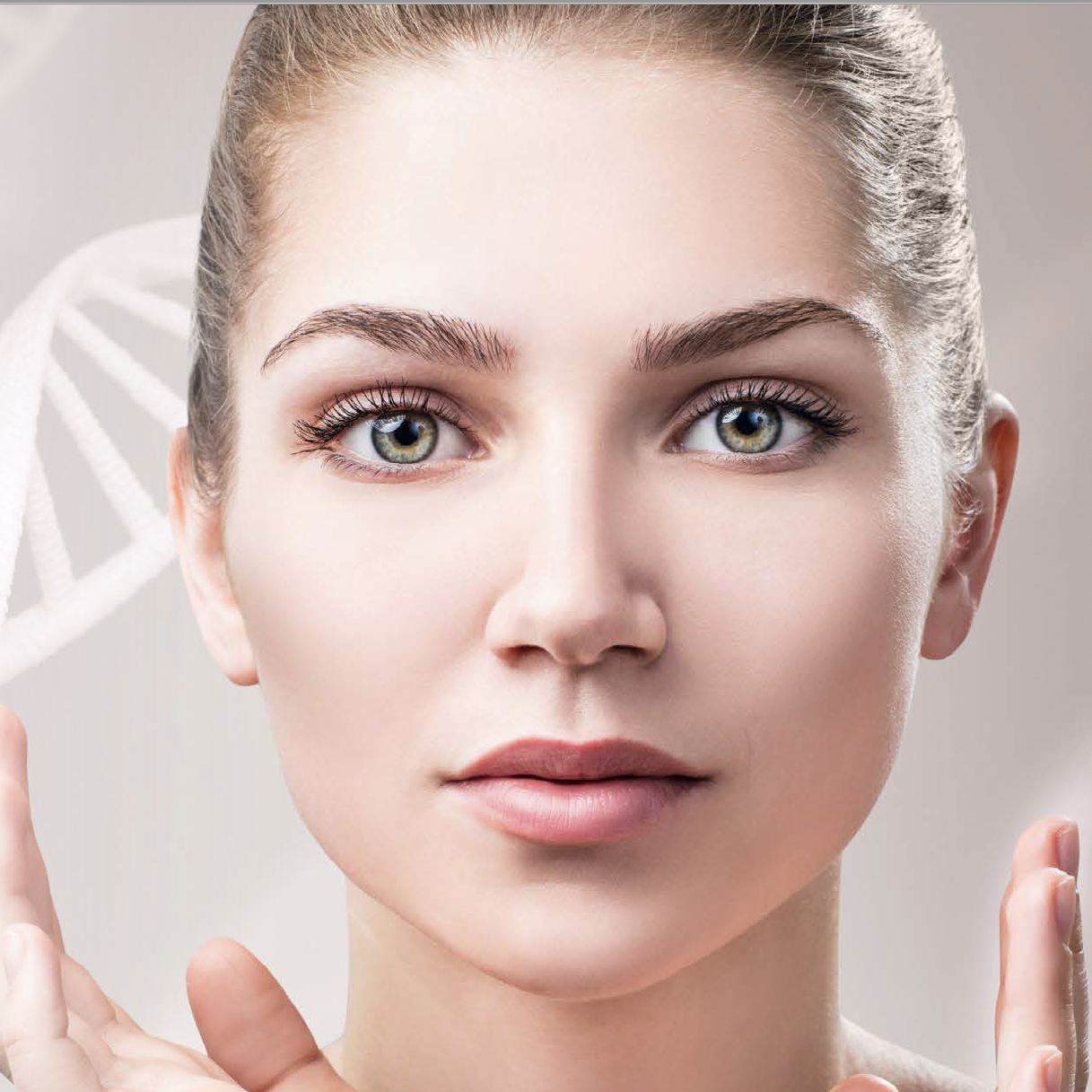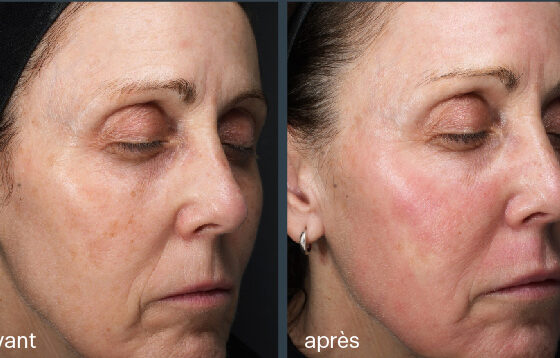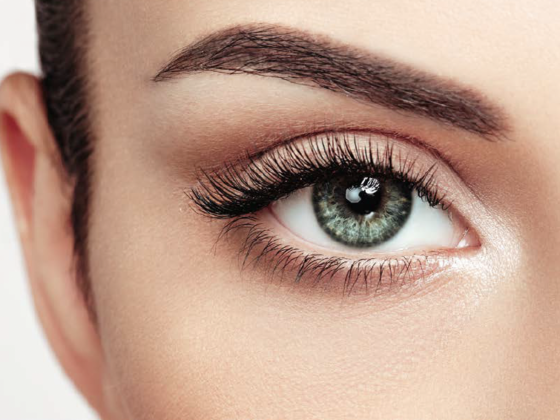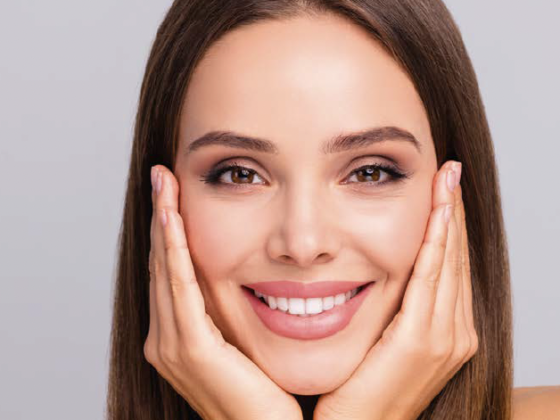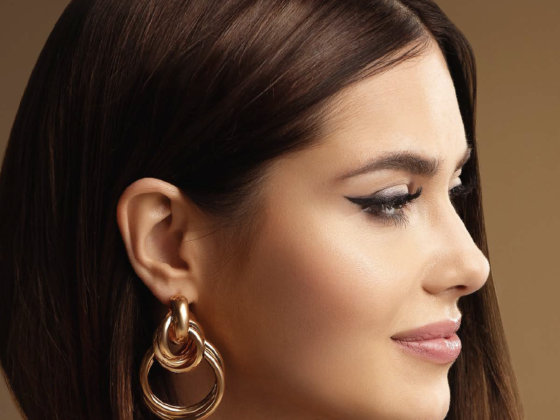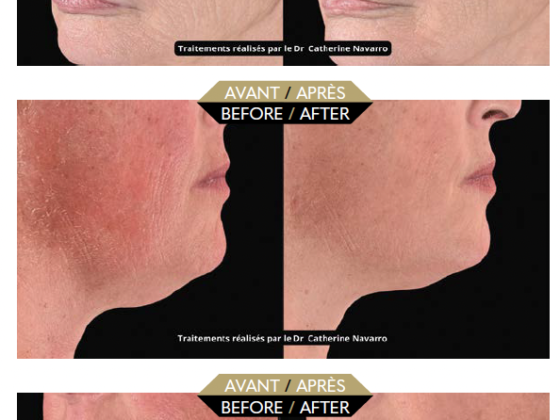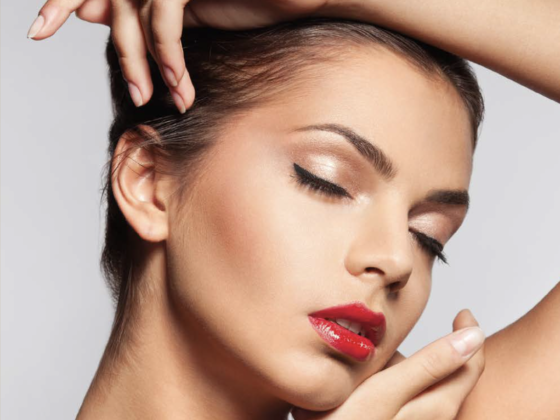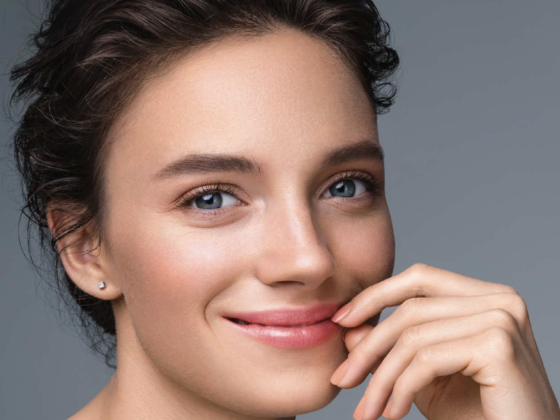From practice to expertise. Seasoned practitioner, prolific author and standard-bearer of anti-aging. Interview by Thierry Piolatto
ANTI-AGE Magazine: Do you have a guru?
Professor Jean-Paul Meningaud: I’ve been looking for a guru for a long time! It’s really useful to have someone to emulate but, unfortunately, I’ve not found anyone and now it’s too late. Perhaps I’m resistant to gurus…
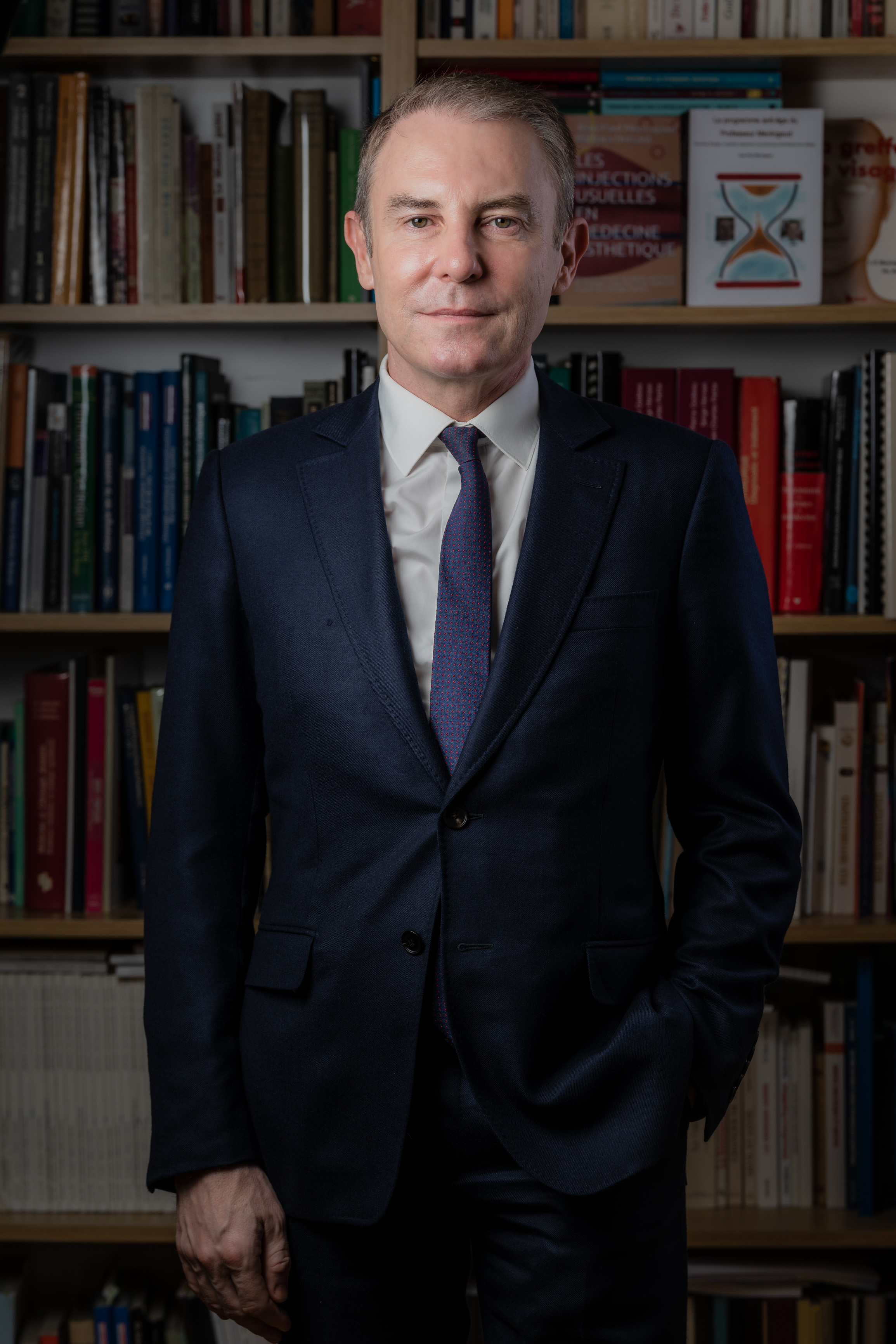 AA Mag: Who have been your main influences?
AA Mag: Who have been your main influences?
Pr J-P. M.: I’ve admired a great many people over the course of my career, such as Vladimir Mitz, Pr Yvon Raulo, Pr Alain Bellavoir, Pr Maurice Mimoun, Dr Fuente Del Campo, Drs Riley and Powell and Dr Oscar Ramirez, but it’s hard to think of one person who had the same overall vision of plastic surgery as I have.
AA Mag: How far can your expertise be developed?
Pr J-P. M.: The sky is the limit! I love all types of medicine, from anti-aging to micro-surgery. Human beings are both material and spiritual. There are synergies between anti-aging, medicine and aesthetic surgery, as well as the functional issues that can sometimes be vital.
AA Mag: When did you first develop this holistic view?
Pr J-P. M.: It goes back to my childhood, around 1968, because my mother had some friends who were interested in alternative medicine. We would have long conversations about the utility of fasting, using clay on the skin, fruit acids… There were heated discussions about vegetarian or vegan diets, about energetic medicine… It all influenced me and encouraged me to go into medicine, even though, paradoxically, we were criticising allopathic medicine. Ironically, I now defend it!
 AA Mag: What has your career path been like?
AA Mag: What has your career path been like?
Pr J-P. M.: In the beginning, I wanted to carry out scientific research into aging. I studied biology and worked in organic chemistry in Jussieu. I could work for the whole day on one stage of synthesising a molecule, but I did not develop a global viewpoint and I wanted to become a doctor. One day, I bumped into some friends who were preparing to take their internship exams and they invited me along. I found the internship lectures really fun, and there was a lot of healthy competition. I passed the entrance exam then started out in interventional cardiology, which is similar to surgery in many respects.
It made me want to go into general surgery, as I was attracted by the idea that a surgeon is also a doctor, so I would not lose that quality. I was soon offered a job as clinic head. I then had the chance to get into plastic surgery at a young age, and I found it really interesting. I assisted with maxillofacial surgery procedures and quickly became interested in that field.
I was clinic head at Pitié Salpêtrière, then became a hospital practitioner in Créteil and was head of department at age 34 in Villeneuve St Georges. It was in these different establishments that I learnt about and developed an appreciation for management. After several years, I joined Pr Laurent Lantieri, who needed a colleague to help him with the harvesting phase of face transplants (where Americans favoured very superficial grafts, which were very long to perform, I had the idea of creating deep grafts that were much quicker). I wrote articles about this subject, which earned me the James Barrett Institute Award in 2011, one of the highest distinctions in plastic surgery. I performed seven face transplants with Pr Lantieri.
He left for the Georges Pompidou European Hospital in late 2011, while I stayed at the CHU Henri Mondor. It was a very large department with three operating theatres working at the same time, ten senior doctors and fourteen junior doctors. I was also a member of the Departmental Medical Council for 14 years.
AA Mag: Then you focused on plastic surgery?
Pr J-P. M.: At the time, I was doing a lot of surgery, mainly on burns victims, and I realised that my maxillofacial training and my experience in general plastic surgery were forcing me to make a difficult choice. I solved the problem by becoming a plastic surgeon. In 2010, I started creating aesthetic medicine diploma courses: over a dozen courses in innovative fields (injectables, hair, micro-surgery, environmental medicine, etc.) with more than 500 students trained every year. We even moved part of our activity to Casablanca, where we offer a French-language diploma in partnership with the UPEC (Université Paris Est Créteil), to which I am attached. Aesthetic medicine is rapidly developing in Africa (a future sector), particularly injections and cosmetics. Then our students asked us to create a congress and, five years ago, the AIME (Society for Innovation in Aesthetic Medicine) was established in Paris, followed by J’AIME Marrakech. Let us not forget that France has always been at the forefront of plastic surgery, ever since liposuction with Dr Yves-Gérard Illouz and lipofilling with Dr Pierre Fournier, and well before Dr Sydney Coleman.
And we should also mention the treatment of facial disfi gurements after the First World War by Dr Hippolyte Mores-tin… Even the development of hyaluronic acid was down to the French, thanks to the Cornéal society! We have lain down a tradition that we must now defend: the famous French Touch, good practice, excellent training and a holistic view of the patient. The humanitarian nature of French doctors is world renowned. We are behind a great many innovations and this knowledge needs to be spread worldwide.
AA Mag: What is your timetable like?
Pr J-P. M.: I’m a university professor and have three statutory roles: the first covers treatments and I operate almost every day (lifts, lipo-oedema, repairs, etc.); the second concerns teaching; and the third involves scientific writing (around 30 articles per year, with each publication earning financial resources for the hospital thanks to the SIGAPS points system.) I also write “grey literature”, which is just as scientific but does not follow the same methodology as clinical studies. This is very important for doctors [Ed.: And for Anti Age Magazine] . My fourth role covers legal expertise, as I am an expert for the Paris Court of Appeal and Court of Cassation. It is important to defend high-quality medicine, so acting as a consultant for the courts is an essential role. From time to time, I am also an author, and my latest book is “Le programme anti-âge” (The anti-aging programme). Between the first and second editions, certain hypotheses have been confirmed but none have been disproven. I am going to try to update it every year. In it, I talk about “IN” (genetics, food supplements, etc.) and “OUT” (medicine and aesthetic surgery). We realised that the OUT aspect also has an impact on the IN aspect, and vice versa. Everything is linked: indirectly via the psyche (you feel better in your own skin) and sometimes directly, because if we inject hyaluronic acid, for example, we notice that it also leads to collagen induction, which has a positive impact on the tissue into which it is injected.
AA Mag: Two new subjects that stand out?
Pr J-P. M.: In anti-aging, I would say senolytics and mitochondrial medicine. In aesthetic medicine, tissue inducers. A battle we have to face? Explaining that humans are a whole and that aesthetic medicine also has a therapeutic purpose. A simple definition? As soon as a procedure is carried out by a doctor, that means it is therapeutic! My work is my main passion. I am also interested in spirituality and living a full family life. I do martial arts (Kung Fu, Tai Chi, Qi Gong, etc.) and, in that particular aspect of my life, I do have a guru!
 Some of my publications: Le programme anti-âge (second edition) (The anti-aging programme): amazon.fr/dp/B08CP926XP / La greffe du visage (Face transplantation), ed Breal / Les injections usuelles en médecine esthétique (Common injections in aesthetic medicine) (with Pr Barbara Hersant) amazon.fr/dp/B08M8RJKKP
Some of my publications: Le programme anti-âge (second edition) (The anti-aging programme): amazon.fr/dp/B08CP926XP / La greffe du visage (Face transplantation), ed Breal / Les injections usuelles en médecine esthétique (Common injections in aesthetic medicine) (with Pr Barbara Hersant) amazon.fr/dp/B08M8RJKKP
WHERE TO FIND HIM? Head of the plastic, reconstructive, aesthetic and maxillofacial surgery department at the CHU Henri Mondor – 1 Rue Gustave Eiffel 94000 Créteil
More informations: meningaud.com

